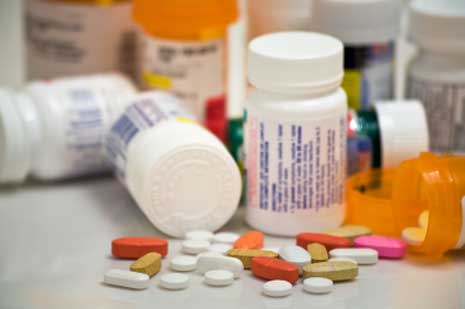Commonly used drugs can inhibit glucuronidation of bisphenol A and nonylphenol

4-n-Nonylphenol and bisphenol A are endocrine disrupting chemicals that are mainly detoxified through glucuronidation. A factor that may modulate their glucuronidation rates is co-exposure to pharmaceuticals.
This study aimed to identify and characterize the potential metabolic interactions between 14 drugs and these two endocrine disruptors. Nonylphenol and bisphenol A were co-incubated in freshly isolated rat hepatocytes with, drugs at a high concentration.
Statistically significant metabolic inhibition of bisphenol A and nonylphenol biotransformation was observed with nine drugs (>50% inhibition by naproxen, salicylic acid, carbamazepine and mefenamic acid). Inhibition assays of UGT activity in rat liver microsomes revealed: 1) competitive inhibition by naproxen (K(i)(app) = 848.3 muM) and carbamazepine (K(i)(app) = 1023.1 muM), 2) no inhibition by salicylic acid suggesting another mechanism of inhibition.
Detoxification of nonylphenol and bisphenol A was shown to be impaired by excessive concentrations of many drugs and health risk assessment should therefore address this issue.
Reference: Verner MA, Magher T, Haddad S., High concentrations of commonly used drugs can inhibit the in vitro glucuronidation of bisphenol A and nonylphenol in rats, Xenobiotica. 2009 Nov 16.

Leave a Reply
You must be logged in to post a comment.